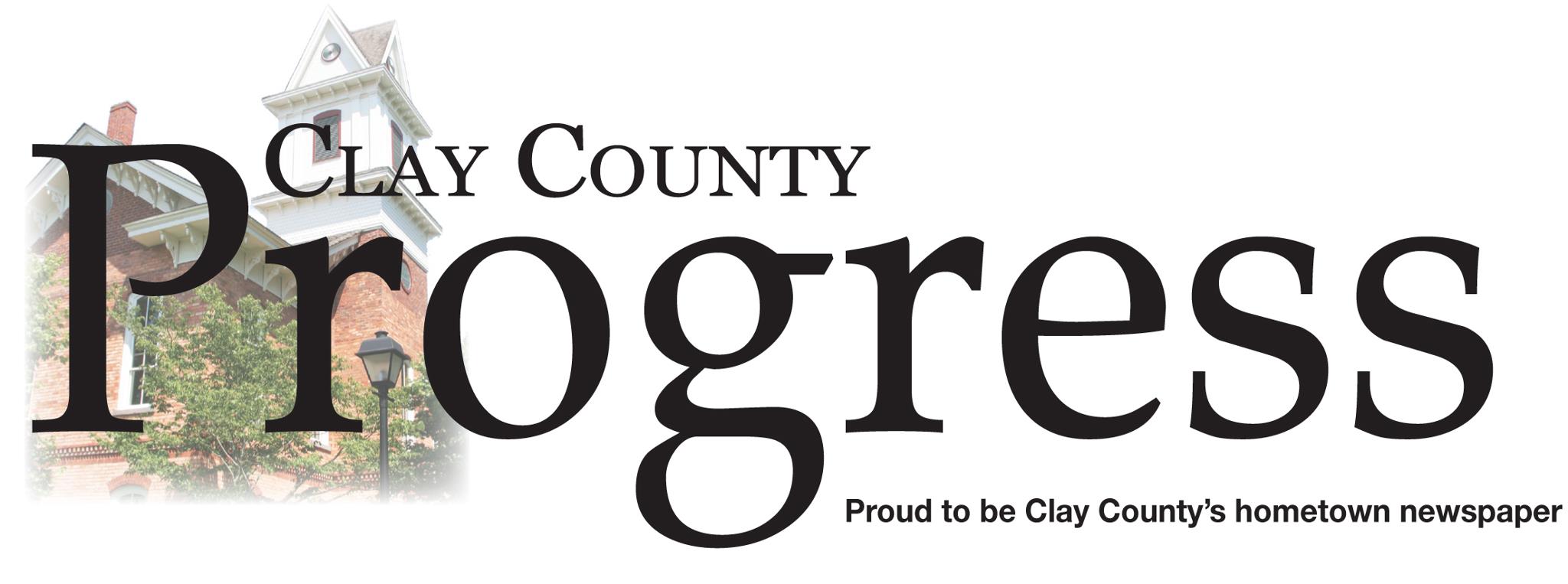By Jared Putnam
Staff Writer
 For more than two decades, Clay County and other rural areas of the United States have been hit hard by an opioid epidemic.
For more than two decades, Clay County and other rural areas of the United States have been hit hard by an opioid epidemic.
The epidemic is estimated to have taken the lives of more than 16,500 North Carolinians since 1999. In 2020 alone, 29.4 percent of Clay County residents were dispensed opioids as compared to the state average of 18.4 percent.
Clay County is now in line to receive funds to help address some of that damage, on the heels of a financial settlement by major opioid makers and manufacturers.
The Clay County Board of Commissioners have approved a memorandum of agreement with the state of North Carolina that will result in an influx of an estimated $1.4 million over an 18-year period. Those funds are part of a $26 billion settlement from which the state of North Carolina will receive $850 million.
"Essentially, Clay County will get a little bit over $80,000 per year to use toward opioid addiction, prevention, addiction, mitigation, and mental health wellness for folks that suffer with addiction," Graham County Finance Director Rebecca Garland said during the Clay County Board of Commissioners meeting on Oct. 7. "Basically, what they want the counties to use the money toward is to help support addiction recovery, to help with addiction prevention, but also to work with mental health, because this is a mental health issue."
Garland, the former Graham County Manager, was part of the "555 Committee" that represented North Carolina's far western counties. The committee negotiated with leaders how the money would be distributed, after Johnson & Johnson and the “big three” opioid distributors McKesson, AmerisourceBergen, and Cardinal Health agreed in July to resolve their liabilities in more than 3,000 opioid crisis-related suits nationwide. Each state must have a memorandum of agreement that is entered into with local governments to determine how the settlement will be split.
Rural children have been forced to bear an especially hard burden during the epidemic. In Clay County, 65.1 percent of children who came into the foster system in 2020 did so due to parental substance use, compared to the state average of 45.1 percent. Clay County also had a foster care entry rate of 9.6 thousand per thousand juveniles — highest in the entire state.
The Centers for Disease Control and Prevention (CDC) estimates the total economic burden of prescription opioid misuse at $78.5 billion per year in the U.S. alone, including costs on healthcare, criminal justice involvement, and other areas.
"Our local jails have become our institutions for taking care of people who are suffering from addiction," Garland said. "It's been imperative that counties be involved in helping to solve this problem on the ground level."
To that end, Garland said she fought to give local governments access to the bulk of the funds.
"We were presented with the model that local governments would get 15 percent of the share, the state government would get 80 percent of the share, and then five percent would be up for grabs," she said. "Me being the finance bean counter that I am, I said, 'Not no, but heck no.'
"That's not how this needs to roll because the problem is not in Raleigh, per se, it's not in the General Assembly, it's on the streets of our local towns and counties. Our local governments need to have some level of control over how these funds are distributed and used."
The distribution plan ultimately flipped on its head, with 80 percent of funds now set to go to local governments, 15 percent to the state, and another five percent up for grabs. Garland said the funding distribution is expected to begin in spring or summer 2022.
"I just want to thank Ms. Garland for making sure the money comes to the county instead of the state," Commissioner Scotty Penland said.

